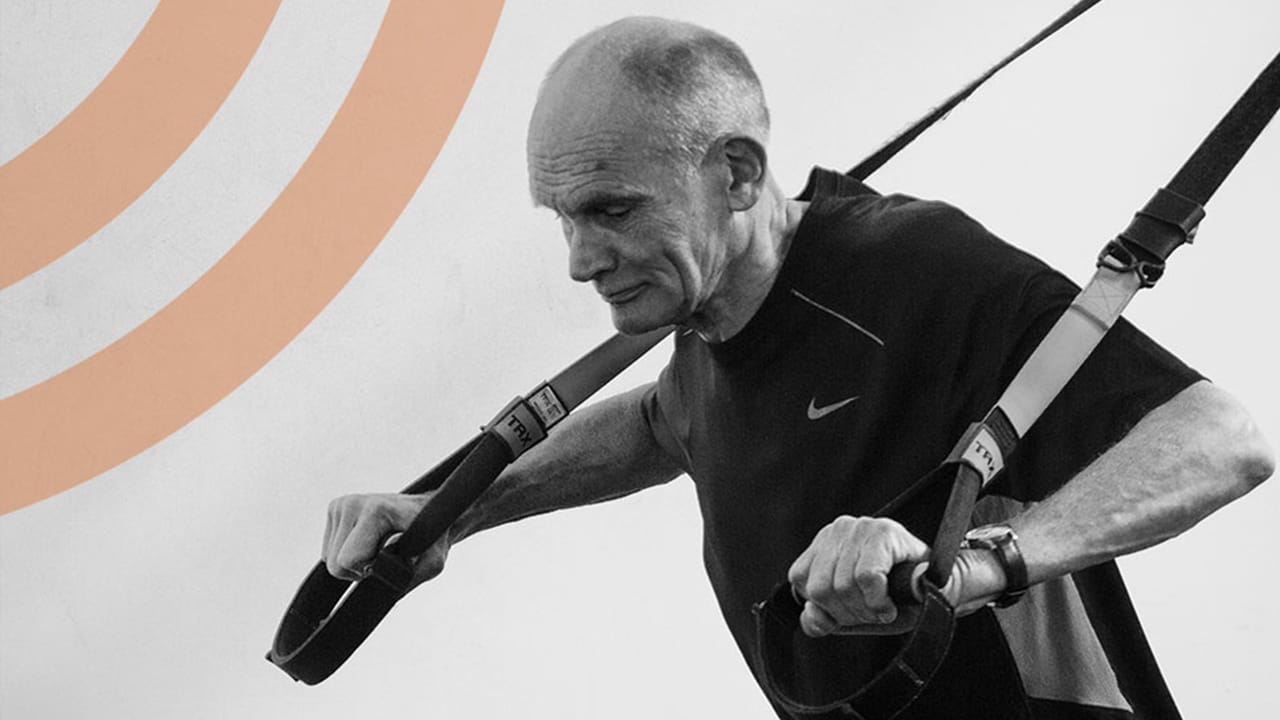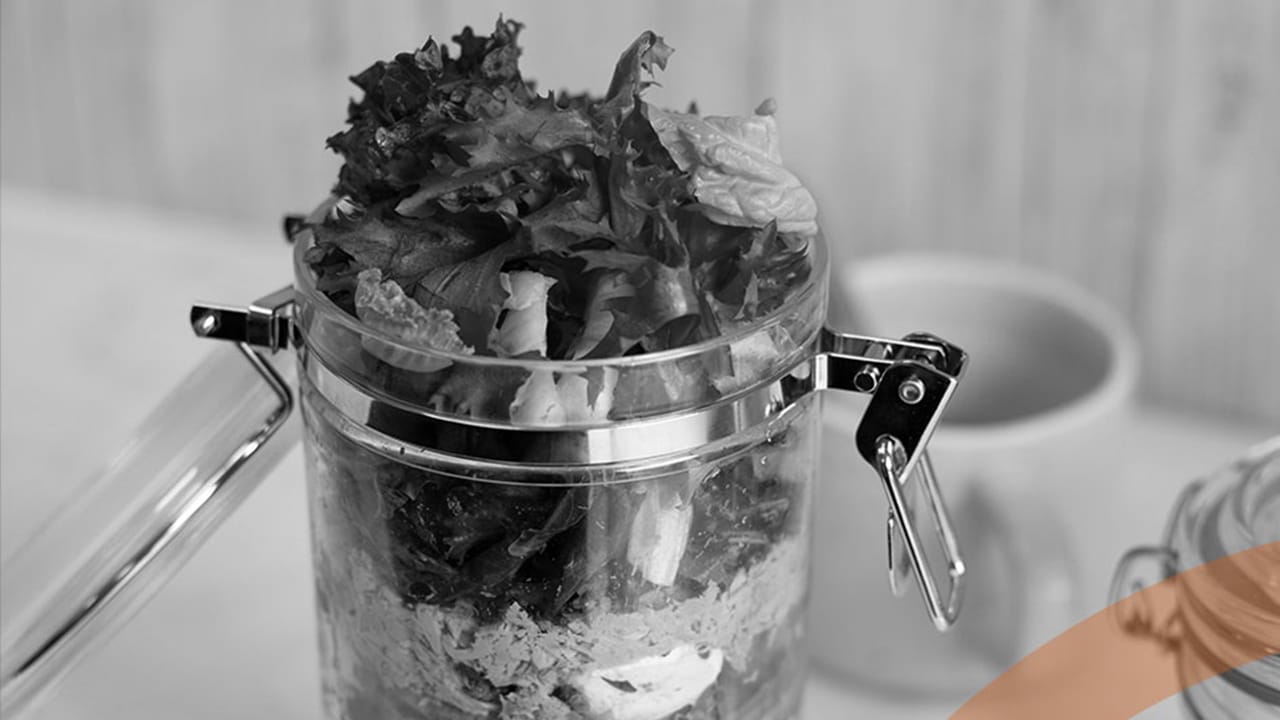
SINDLESHAM CAFÉ NOW OPEN EVENINGS
1 September 2024
POOL & AQUA UPDATES
1 September 2024With Fitness Coach Connor Adey
Join Connor, as he kicks off a new series on overcoming obstacles to staying active. Learn simple, effective strategies to recover from injuries and conditions and regain your fitness!
OVERCOMING INJURIES AND CONDITIONS
Staying active can be challenging, especially when dealing with injuries or medical conditions. These issues can vary, and sit on a hugely diverse spectrum, but methods for overcoming them are often similar. Here’s a straightforward guide to help you get back to being your most active self.

WHERE TO START
When you’re dealing with an injury or condition, it can be tough to know where to begin. These three stages will help guide you through the process:
- Stage 1: Restore range of motion
Start by addressing any limitations in movement. This could include stretching or mobility exercises. If you have access to a therapy pool, like our Dead Sea Salt Therapy Pool, it’s a great way to ease into this phase. - Stage 2: Strengthen the affected area
Once your range of motion improves, begin strengthening the injured area and surrounding muscles. Bodyweight exercises, resistance training, and cardiovascular work can all be helpful here. - Stage 3: Incorporate complex movements
For those returning to sports or high-intensity activities, this stage involves more advanced exercises like plyometrics and explosive movements.
MISCONCEPTION ABOUT REST
While rest is important during periods of irritability and pain (anything over 5 on a 10-point scale), it’s not a long-term solution. If you stay inactive for too long, the problem might get worse. The body is designed to move, and in many cases, light exercise can help reduce pain and improve mobility, especially with issues like back pain.


LIFESTYLE FACTORS
What you do outside of exercise is just as important for recovery. Here are two key areas to focus on:
- Sleep: Aim for 7-9 hours of sleep each night. Good sleep helps with muscle repair, reduces inflammation, and even helps you manage pain better.
- Diet: A healthy diet can speed up recovery. Foods high in vitamin C, like fruits, help with tissue repair and healing, while calcium-rich foods, such as yoghurt and cheese, are key for maintaining good bone health.
KEEP GOING
Recovery takes time, but by focusing on movement, proper rest, and healthy habits, you’ll get back on track. Keep a positive attitude and celebrate the small victories along the way!
Written by Connor, GYM 108 Fitness Coach




